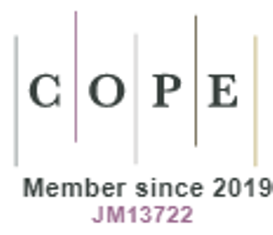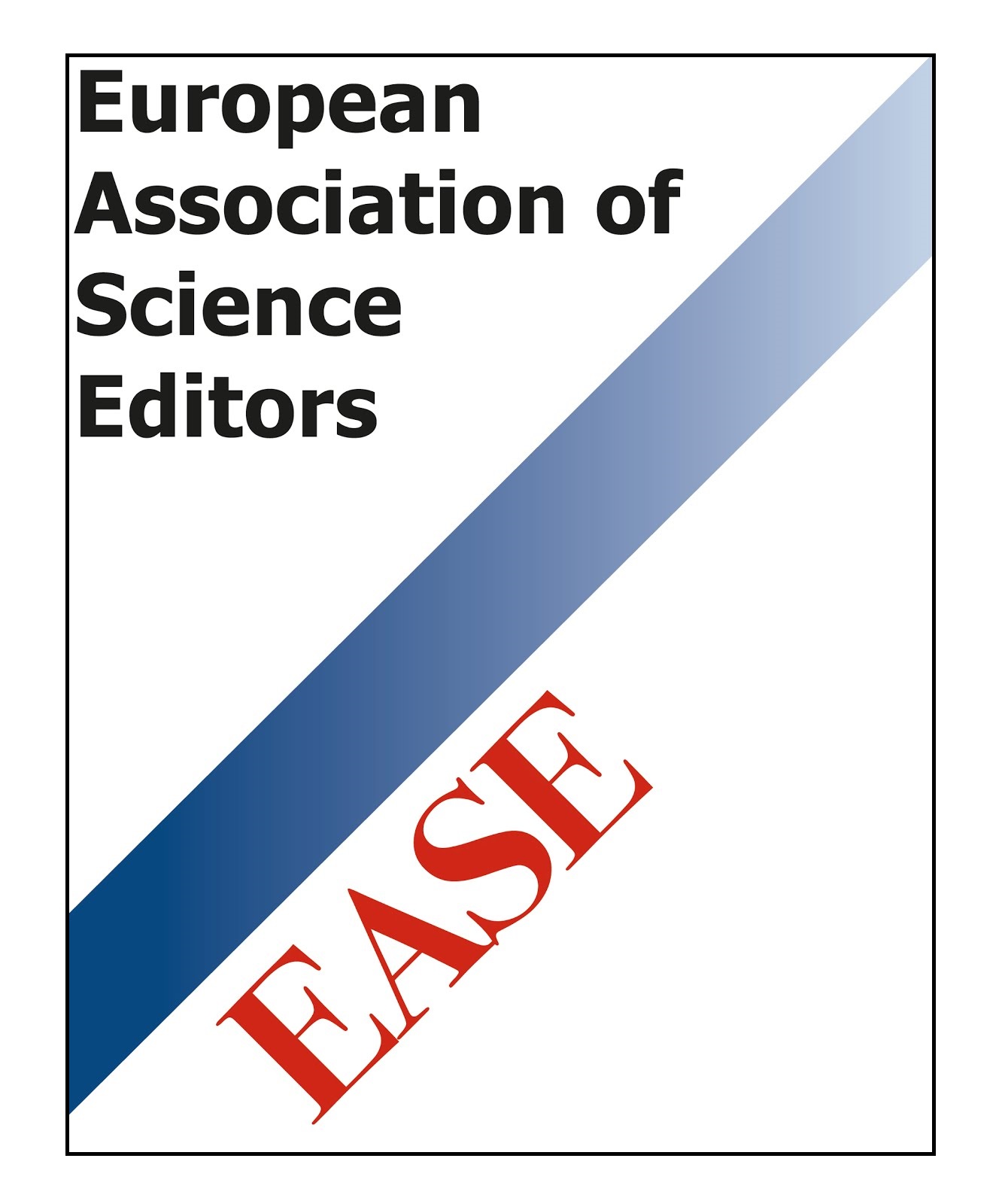A Hartree-Fock-Bogoliubov Study on the Pairing Correlations of the Isotopes of Cobalt
DOI:
https://doi.org/10.15415/jnp.2022.92030Keywords:
Pairing correlation, Hartree-Fock-Bogoliubov theory, binding energy, pairing gap, neutron separation energyAbstract
Background: The phenomena of nucleon pairing could be outlined from the Bethe-Weizäcker semi-empirical formula, from which the nuclear properties, viz. the binding energy, stability, shape etc. could be clearly sketched. Though the pairing correlation seems to be a small correction to the binding energy term, it plays a determinative role in defining the structure of nuclear systems. The addition to the binding energy in turn affects the position of the isotope on the dripline and hence increases the stability.
Purpose: To study the effects of pairing on the ground state properties of the isotopes of Cobalt.
Methods: We use Hartree-Fock-Bogoliubov (HFB) theory for the study. The general wave functions for the HFB approach are determined from variational principle. The eigen functions for the Hamiltonian are connected with the particle operators through the Bogoliubov transformations. The Hartree-Fock energy is obtained through the minimization of the variational parameter and the HFB equation is solved by iterative diagonalization by restoring the particle number symmetry.
Results: The HFB analysis substantiates the effect of pairing correlation on binding energies, neutron and proton pairing energies, neutron and proton pairing gaps and one- and two-neutron separation energies of the Cobalt isotopes. The binding energies and one and two-neutron separation energies match with the experimental values and for pairing energies and pairing gaps, the regions where pairing is significant and the effects of shell closure at the vicinity of magic configuration of neutrons could be recognized.
Conclusion: The Hartree-Fock-Bogoliubov calculations of the effects of pairing could be used as an efficient tool to study the nuclear structure. It can be ascertained that pairing plays an important role in determining the ground state properties of atomic nuclei.
Downloads
References
S. Frauendorf, A. O. Macchiavelli (2014). Progress in Particle and Nuclear Physics, 78, 24-90.
https://doi.org/10.1016/j.ppnp.2014.07.001
A. Bohr et al. (1958). Phys. Rev. 110, 936,
https://doi.org/10.1103/PhysRev.110.936
R. A. Broglia and V. V. Zelevinsky, 50 years of Nuclear BCS Pairing in Finite Systems, (World Science Pub. 2012).
P. Ring, P. Schuck, in: W. Beiglböck, et al. (Eds.), The Nuclear Many-Body Problem, (Springer-Verlag, New York, 1980).
M. V. Stoitsov, J. Dobaczewski, et al. (2005). Comp. Phy. Comm. 167(1), 43-63.
https://doi.org/10.1016/j.cpc.2005.01.001
J. Terasaki, et al. (1996). Nucl. Phys. A 600 371–386.
https://doi.org/10.1016/0375-9474(96)00036-X
Y. El Bassem, M. Oulne (2017). Nucl. Phys. A 957 22-32.
https://doi.org/10.1016/j.nuclphysa.2016.07.005
M. V. Stoitsov et al. (2013). Computer Physics Communications 184, 1592-1604.
https://doi.org/10.1016/j.cpc.2013.01.013
S. A.Changizi et al. (2015). Nuclear Physics A 940 210-226.
http://dx.doi.org/10.1016/j.nuclphysa.2015.04.010
X. Xia et al. (2018). At. Data Nucl. Data Tables,121—122 1—215.
Downloads
Published
How to Cite
Issue
Section
License
Copyright (c) 2022 NICEMON THOMAS, Anjana A V, Antony Joseph

This work is licensed under a Creative Commons Attribution 4.0 International License.
View Legal Code of the above-mentioned license, https://creativecommons.org/licenses/by/4.0/legalcode
View Licence Deed here https://creativecommons.org/licenses/by/4.0/
| Journal of Nuclear Physics, Material Sciences, Radiation and Applications by Chitkara University Publications is licensed under a Creative Commons Attribution 4.0 International License. Based on a work at https://jnp.chitkara.edu.in/ |














